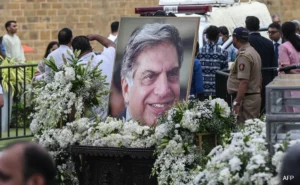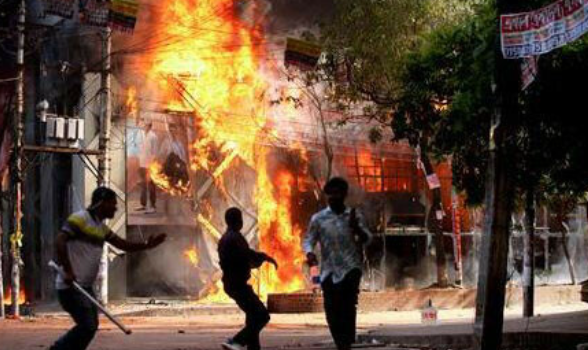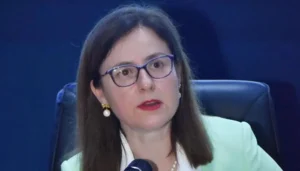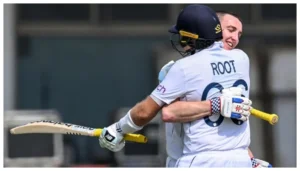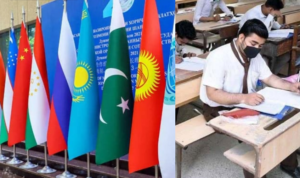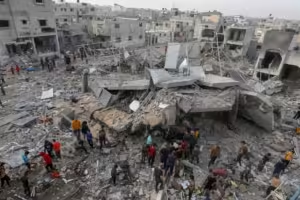At least 300 people have been killed in Anti-Government protests in Bangladesh.
According to the news agency ‘AFP’, this number is based on the reports of police, officials and hospital doctors.
Protests will resume on Monday, with a heavy deployment of soldiers and police in the capital Dhaka patrolling key roads and blocking routes to Prime Minister Sheikh Hasina’s office.
Yesterday, a civil disobedience movement was launched by a student group in Bangladesh, after which 91 people were killed in clashes between police and protesters on the first day, a nationwide curfew was imposed.
The 91 deaths are the highest number of deaths in a single day during any protest or demonstration in Bangladesh’s recent history, with the most recent being during a single protest against the quota system. At least 67 people lost their lives that day.
Speaking after the National Security Panel meeting, Prime Minister Hasina Wajid has said that the protestors are not students but terrorists who have come out to destabilize the country.
On August 4, the Pakistani High Commission in Bangladesh has instructed Pakistani students under the supervision of Bangladesh to stay in their rooms and keep themselves away from the current situation in view of the ongoing violent incidents in the country.
It should be remembered that a few days ago, after the High Court restored the quota of children and grandchildren of ‘Freedom Fighters’ (who took part in the 1971 War of Independence) in government jobs, many young people of Bangladesh came out on the streets. had come
On July 16, schools across Bangladesh were closed indefinitely after six students died during protests against the quota system for government jobs.
On July 20, due to the tense situation in Bangladesh, Prime Minister Sheikh Hasina Wajid imposed a nationwide curfew, after several days of protests in the country, the army was called in. Difficulties were encountered in accessing information.
